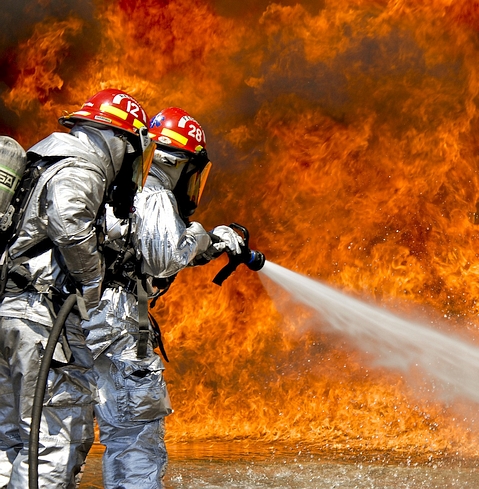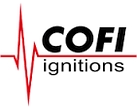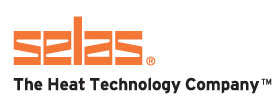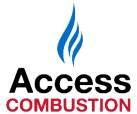Industrial Burner Safety

NFPA #86: Standard for Ovens and Furnaces.
Most applications of industrial burners will fit into the definitions of "Furnace" or "Oven". One definition of "furnace" is the enclosure where the heat energy from combustion is presented to the product, convectively or radiantly. Because of the potential for great harm, combustion safety cannot be over emphasized. Because of this, national standards have been created to which all industrial ovens and furnaces must comply. One such standard is NFPA #86: Standard for Ovens and Furnaces.NFPA #86 covers the safe operation of Ovens and Furnaces with specific mention of explosion relief, proper ventilation, equipment location and more.
It applies to a wide variety of applications including electric arc melting furnaces and low-ox systems.
Let's focus on combustion safety in direct gas fired furnaces.
Safe practices save lives.
Prevent Explosions
When furnaces explode, the basic cause is accumulation of fuel and oxygen in the furnace chamber and its airways and ducts which are then ignited. The severity of the explosion is a function of the amount of fuel and the fuel / air ratio at the critical moment.Today's BMS (burner management system) is controlled by a digital device, programmed to monitor and adjust airflow and purge time, minimum firing valve settings at start up and flame and fuel conditions while operating. When the BMS senses a trouble condition, it trips the master fuel supply, forcing the burner to shut down.
The standard demands a BMS controller "Shall be listed for use in the service intended". An insurance underwrite for the covered equipment can verify compliance. NFPA #86 also requires that control logic is protected against unauthorized changes and that safety logic is stored in nonvolatile memory.
Burner System Restart
Any trip triggered by the BMS requires a trained operator to correct the fault before restarting the burner. Before a burner is started, or restarted, a purge removes any combustible gasses that may have accumulated. The standard requires air equal to 4 times the volume of the enclosure be passed through in order to ensure a safe restart.This article barely scratches the surface of what needs to be done to keep you, your employees / co-workers, and your neighborhood safe from the dangers that are inherent to the use of combustible fuels.
Be sure to consult a trusted professional, like the staff of Thermal Equipment Systems, Inc., to keep your system safe.


















